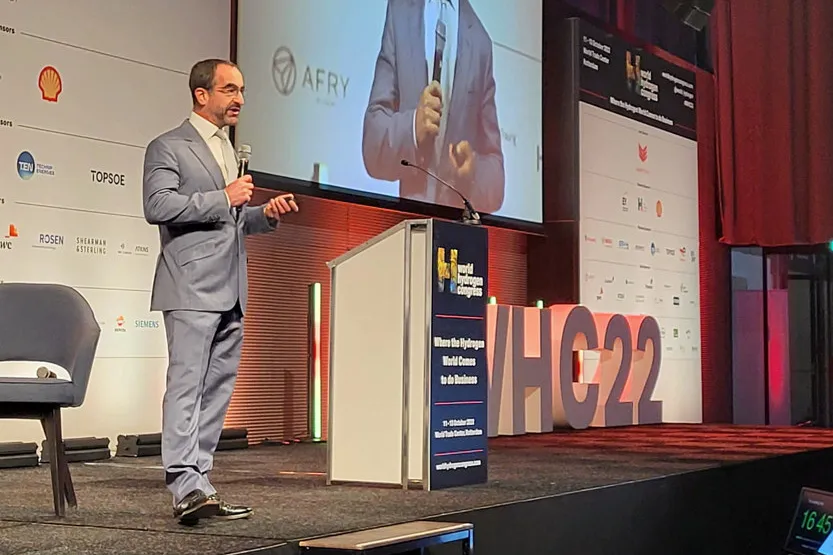Liebreich: 'Hydrogen is starting to look like an economic bubble — and here’s why'
Potential uses of H2 are in direct competition with electric alternatives that tend to be cheaper and easier, analyst tells hydrogen conference

Potential uses of H2 are in direct competition with electric alternatives that tend to be cheaper and easier, analyst tells hydrogen conference
